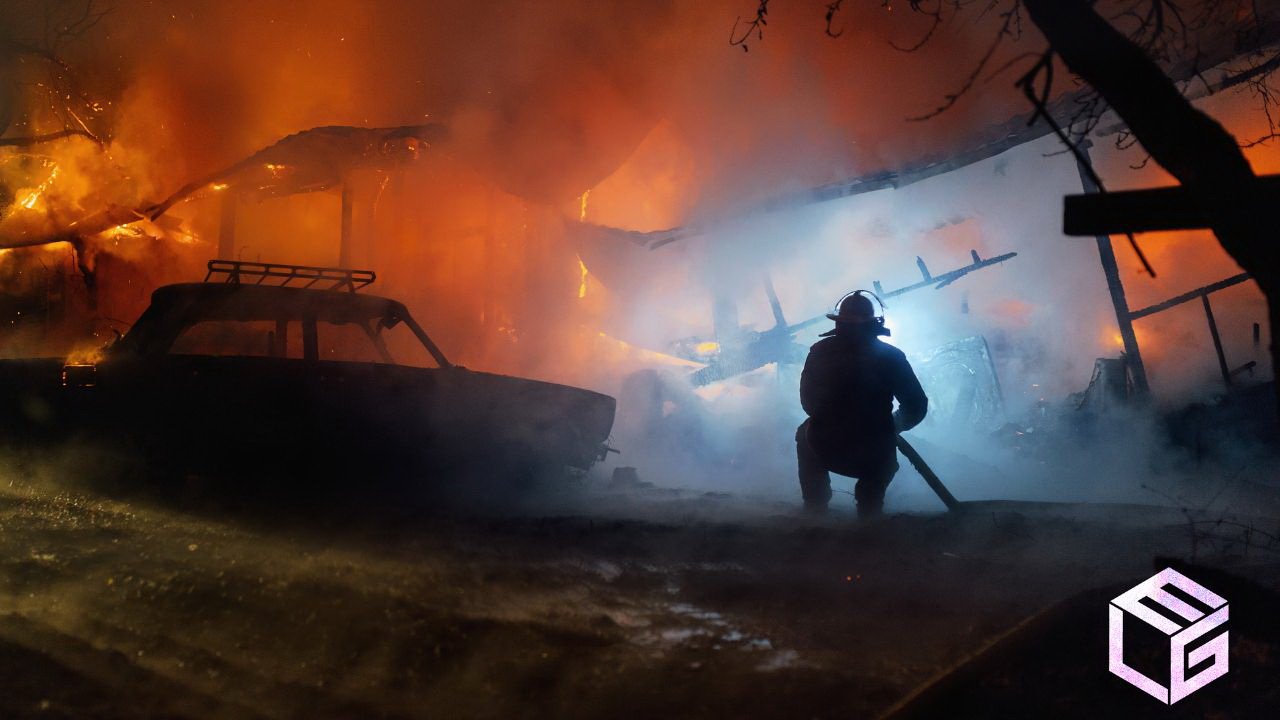Firefighters douse the flames using AFFF, which smothers fires, extinguishing flames better than plain water
While the Federal Aviation Administration requires airport operators to use AFFF due to its effectiveness against fuel fires, the Environmental Protection Agency claims that evidence shows that the PFAS the fire suppressant contains are toxic to humans and the environment.
A case in which the AFFF used at an aircraft crash site caused significant issues took place on October 2, 2019. On that fateful day, a Boeing B-17 Flying Fortress crashed at Bradley International Airport in Windsor Locks, Connecticut. Several days after the accident, mounds of white foam began piling up in the water behind the house of a resident. It was AFFF residues, which washed into storm drains, flowed south, and aerated into fully formed foam as it cascaded down steps of waterfalls behind the building.
Between 700 and 800 gallons of AFFF concentrate, diluted at 3% to make roughly 22,000 to 25,000 gallons of solution, was applied by the Bradley Airport Fire Department to battle the petroleum hydrocarbon fire. Needless to say, every firefighter who used the foam was exposed to PFAS to a greater or lesser extent. The following is part of the aftermath of using AFFF to extinguish the fire caused by the aircraft crash:
- precipitation was likely to aerate dissolved AFFF in the water, causing foam to resurface in the vicinity of Rainbow Brook, and winds could carry foam to other areas
- DEEP ERU directed emergency contractors to provide vacuum trucks for removing the AFFF at the crash site, and vacuum trucks were deployed to collect AFFF and fuel discharge
